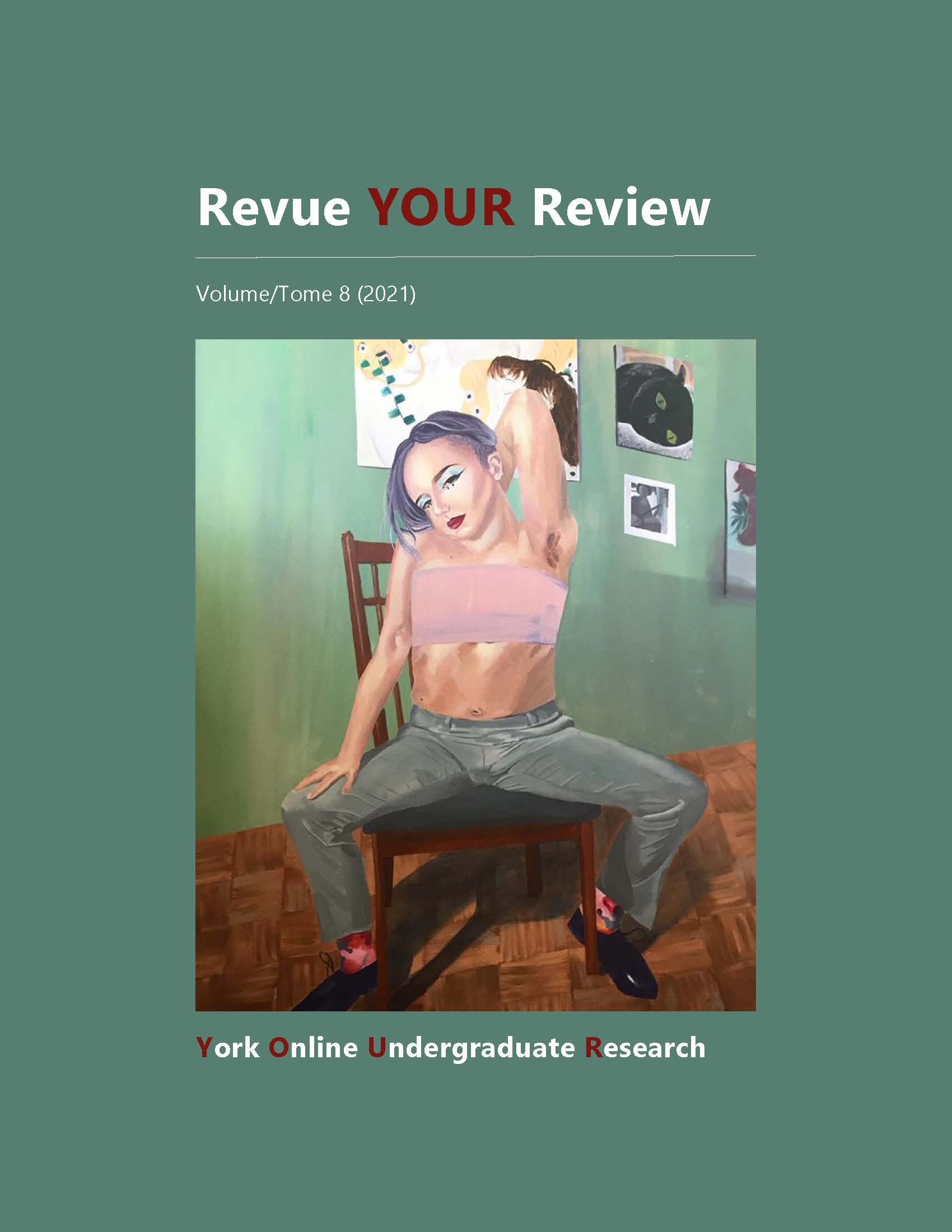Religious responses to cultural Issues: Sikhism and its response to Indo-Canadian gang violence in the lower mainland, British Columbia, Canada
Abstract
This article looks at gang prevention initiatives geared to second-generation Punjabi male youth in Surrey, British Columbia. Using a semi-structured interview method, I interview a community activist and co-chair of a community coalition to better understand social work responses to gang violence. I conduct a literature review of scholarly articles to critique the advocacy response and reveal sites of contradiction between generations of Punjabi Sikhs. The community coalition understands gang violence as male youths’ alienation from Sikh religious institutions such as the Gurdwara (Sikh Temple). Using secondary sources, I uncover contradictions between first-generation and second-generation Punjabi immigrants about the use of religious responses to solve gang violence. On one hand, first-generation Punjabi immigrants believe Gurdwaras are the central hub of the community and must be included in a gang prevention response. On the other hand, second-generation Punjabi immigrants understand Gurdwaras as rigid spaces that lack strong leadership. I investigate a specific advocacy response by the community coalition held in collaboration with second-generation Punjabi youth, Sikh leaders, police agencies, and a collaborative community-university project. During a two-day residential summit, a collaborative gang-prevention action plan is created, with a recommendation to create an accessible resource booklet titled “Understanding Youth in Gangs,” made available to Punjabi youth and families. However, I critique the funding process of this resource booklet, which is embedded in racist and political discourses dismissing Punjabi ways of family life and reinforcing Eurocentric ideologies of family, and call on second-generation Punjabi male youth to exert their voices and power to build gang prevention strategies that support their visions and imaginings.
Downloads
Published
How to Cite
Issue
Section
License
LicenseAuthors contributing to Revue YOUR Review agree to release their articles under one of three Creative Commons licenses: Creative Commons Attribution 4.0 International; Creative Commons Attribution-NonCommercial 4.0 International; or Creative Commons Attribution-NoDerivatives 4.0 International. All editorial content, posters, and abstracts on this site are licensed under Creative Commons Attribution-NoDerivatives 4.0 International. For further information about each license, see:
https://creativecommons.org/licenses/
In all cases, authors retain copyright of their work and grant the e-journal right of first publication. Authors are able to enter into other contractual arrangements for the non-exclusive distribution of the e-journal's published version of the article (e.g., post it to an institutional repository or publish it in a book or in another journal), with an acknowledgement of its initial publication in this e-journal.


